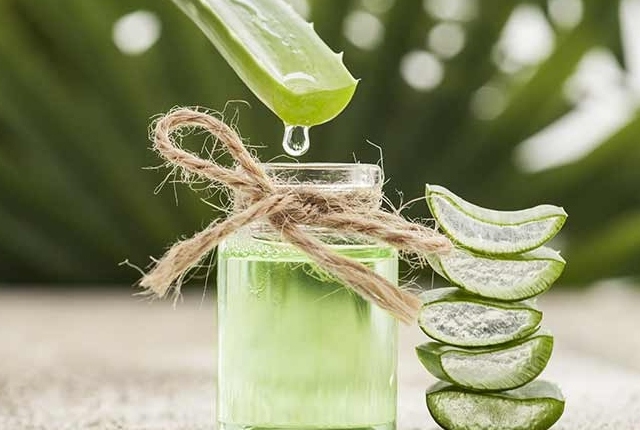Allergy, in general, is our body’s immune systems reaction to certain substances. These substances might include a cloth material, flower, food, drinks, dust etc. Likewise some people also show allergy to adhesive. Bandages, surgical tapes are some of the common sources of adhesive that might cause Adhesive Allergies.
The most frequently occurring allergic reaction to an adhesive is in the form of a rash. This is termed as contact dermatitis. As per the National Institute of Health, one of the most common causes of this rash is latex. That is why latex is not too widely used in the manufacture of medical adhesives. That, however, might not totally prevent allergies from occurring.
Identifying The Types Of Adhesive Allergy
Before discussing how to cure, identifying the kind of adhesive allergy you are suffering from is important. There are three basic types of adhesive allergies -irritant contact dermatitis, allergic contact dermatitis, immediate allergic reactions. Irritant contact dermatitis is the least hazardous and is therefore known as a non allergic skin reaction. The symptoms of this type of allergy are dryness of the skin, burning, itching, scaling and also damage to the skin.
In allergic contact dermatitis, the reactions do not appear immediately. The reactions seen are same as that of irritant contact dermatitis but sometimes get serious if kept un-treated for long. The rashes extend to the other parts and may take longer time to heal.
In immediate allergic reaction to adhesive, severe reactions are seen. This is also known by the name of latex hypersensitivity. It begins with symptoms like hay fever, cramp, hives, conjunctivitis and even severe itching. The allergy type is not very common in occurrence and in extreme conditions do lead to chest pains, breathing difficulty, rapid heartbeat, and anaphylactic shock and can also be fatal.
Treatment For Adhesive Allergies
Once the symptoms of adhesive allergies start to appear, remove the adhesive as soon as possible. Clean the area that had adhesive on it with a mild soap and warm water. Ensure that the area does not have any residue of adhesive on it. Leave the part open for a few days without applying any other reactive substances.
In case of severe reaction, there are a number of over the counter corticosteroid and antihistamines creams that can be used. In case of extensive reaction take the advice of your medical practitioner before applying any medication. You have to ensure that no infection has set in the affected area.
Sometimes adhesive allergy contributes to the formation of rashes and blisters on the affected part. In such cases rub ice cube or apply cold water on the affected part. This will reduce the inflammation and the problem of itching. Use a mild antiseptic on the affected part to prevent the onset and spread of infection from the adhesive reaction.
Consumption of water keeps the body hydrated and as such fastens the healing process. In case of an infection, keep the body hydrated as much as you can and allow the body to heal the reaction naturally.
Use a coat of Aloe Vera oil on your hands or parts that will come in contact with the adhesive tape. Aloe Vera acts as a natural barrier between the hands and the allergens.
Prevention is the best way of treatment for these adhesive allergies. If you are allergic to the adhesive substance present in the various tapes and bandages, stop using them. For people sensitive to these adhesives, paper tapes are available with lesser side effects.
Caution: Please use Home Remedies after Proper Research and Guidance. You accept that you are following any advice at your own risk and will properly research or consult healthcare professional.







